Creating a professional and visually appealing website is essential for content creators looking to establish a strong online presence. Whether you’re a blogger, YouTuber, or digital content creator, having a well-designed website can significantly enhance your content’s reach and engagement. With the right web design, you can streamline your content creation process, make your work more accessible to your audience, and even improve your search engine rankings. In this comprehensive guide, we’ll explore everything you need to know about web design tailored specifically for content creators, including the best tools, strategies, and practices to create a website that truly reflects your unique style and content vision.
Here is the curated “Key Takeaways” section for the article “The Ultimate Guide to Web Design for Content Creators”:
Key Takeaways
- Content creation is essential for engaging users and achieving web design objectives.
- Diverse content types, such as written, visual, and interactive, enhance the user experience.
- High-quality content significantly boosts SEO, attracts visitors, and strengthens brand authority.
- Effective content creation requires setting clear goals, understanding the audience, optimizing for SEO, and continuously refining based on feedback.
- Content creators must master creativity, writing, SEO knowledge, and audience analytics to succeed.
- Web content design focuses on creating strategic, user-centric experiences that function seamlessly across devices.
- Key components of web content design include understanding the audience, developing a content strategy, and applying design principles like user experience (UX) and responsiveness.
- Tools like wireframing and prototyping are invaluable for planning and refining content layouts effectively.
This section encapsulates the article’s core insights, offering a concise and impactful overview for readers.
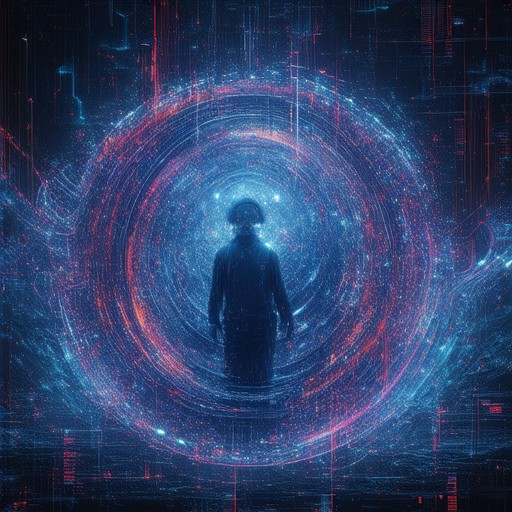
Best Websites for Content Creators
Content creators have access to a variety of tools and platforms to enhance their work. Here are some of the top platforms:
- Canva – A versatile graphic design tool with a user-friendly interface and a vast library of templates.
- Audible – Perfect for podcasters and audio content creators with professional recording and editing features.
- Squarespace – Ideal for creating websites and showcasing content effectively with customizable templates.
- Grammarly – A must-have tool for writers and content creators to improve grammar and spelling in real-time.
- Figma – A cloud-based design tool that allows collaboration and easy sharing of layouts and designs.
- InDesign (by Adobe) – A powerful tool for creating vector graphics and designing multi-page documents for print or digital use.
- DaVinci Resolve – A free video editing software with professional-grade features, ideal for video content creators.
- CapCut – A popular video editing app known for its ease of use and advanced features, especially for YouTube creators.
- Krita – A free open-source painting software that rivals Photoshop in functionality for digital artists and content creators.
- Veed.io – A browser-based video editor that supports quick and efficient video creation without needing to download software.
- Blender – A free 3D modeling and animation software that can be used for creating visually stunning content.
- Notion – A project management and productivity tool that helps organize content ideas and workflows efficiently.
- Zyro – A web design tool that offers a range of features for creating responsive websites quickly.
- Hootsuite – A social media management platform that helps creators schedule and manage their content across various platforms.
Do Content Creators Need a Website?
A dedicated website is crucial for content creators to establish authority, reach a broader audience, and monetize their work effectively.
- Centralized Platform: A website serves as a hub for all content, making it easier to promote and organize materials.
- SEO Benefits: Search engines can crawl and index content on a website, improving visibility and organic traffic.
- Audience Building: Websites facilitate email sign-ups, social media sharing, and community engagement.
- Monetization Options: Platforms like ads, sponsorships, and affiliate programs can be integrated for revenue generation.
Why Competitors Succeed
Competitors like YouTube, Medium, and Substack have built successful platforms by leveraging websites. While there are many options available, the choice depends on your goals and audience.
Picking the Right Platform
Whether it’s a blog, portfolio site, or full-fledged platform, selecting the right tool is essential. Platforms like WordPress, Squarespace, and Medium offer varying levels of customization and features.
Essential Tools for Success
To maximize the potential of your website, consider investing in:
- Hosting Services: Reliable hosting ensures fast loading times and security.
- Domain Registration: A custom domain adds professionalism and uniqueness to your brand.
- Content Management Systems: Tools like WordPress or Squarespace simplify content creation and management.
- SEO Tools: Platforms like SEMrush or Ahrefs can help optimize your content for better search rankings.
By creating a well-structured and optimized website, content creators can enhance their online presence, engage with audiences, and achieve long-term success in their niche.
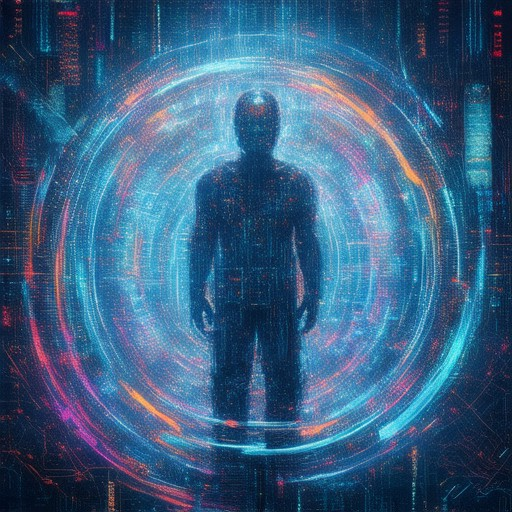
How to Be a Web Content Creator
To embark on a career as a web content creator, follow these organized steps to guide your journey:
- Define Your Niche
- Develop Expertise
- Choose Your Content Format
- Set Up Tools
- Build a Content Strategy
- Start Publishing Regularly
- Engage with Your Audience
- Monetize Your Content
- Continuous Improvement
Identify a specific area of interest or expertise. Whether it’s technology, lifestyle, education, or another field, narrowing down your focus helps you create targeted and valuable content.
Stay updated with the latest trends and tools in your chosen niche. Continuous learning through online courses, reading reputable sources, and experimenting with different content formats enhances your skill set.
Decide whether you prefer writing articles, creating videos, designing infographics, or producing podcasts. Different formats cater to various audiences and preferences.
Invest in tools that aid content creation, such as CMS platforms like WordPress, video editing software, or design tools like Canva. These tools streamline your workflow and enhance productivity.
Create a content calendar to plan topics, deadlines, and distribution channels. Consistency is key to building an engaged audience and improving your content quality over time.
Share your content consistently on your chosen platforms, such as blogs, YouTube channels, or social media accounts. Frequency helps establish trust and attracts loyal followers.
Respond to comments, ask for feedback, and incorporate audience preferences into your content strategy. Building relationships fosters a stronger connection with your readers or viewers.
Pursue monetization opportunities such as affiliate marketing, sponsored content, or selling digital products. Ad revenue from platforms like Google AdSense can also contribute to your income.
Review analytics to understand what resonates with your audience and adjust your strategy accordingly. Stay adaptable to evolving trends and audience demands.
For professional guidance and resources, visit 119WebDesign.com to explore tailored tools and tips for web content creators.
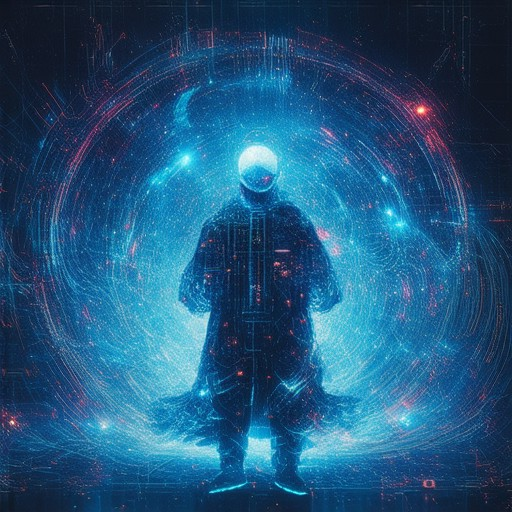
What is Content Creation in Web Design?
Content creation in web design refers to the process of developing and producing digital content tailored to meet the needs and interests of the target audience. This content can take various forms, including written articles, videos, infographics, and interactive elements, all designed to enhance user experience and achieve specific objectives for the website.
The Process of Content Creation
Content creation begins with ideation, where designers brainstorm concepts and ideas that align with the website’s goals. Once an idea is selected, it moves through planning, development, and iteration stages before being finalized. Throughout this process, SEO best practices and user engagement principles are considered to maximize the content’s effectiveness.
Types of Content Created in Web Design
- Written Content: Blog posts, articles, and web copy that provides valuable information or entertainment to readers.
- Visual Content: Images, infographics, charts, and videos that complement written material and enhance visual appeal.
- Interactive Content: Quizzes, polls, and forms that engage users and encourage participation.
- Multimedia Content: Audio files, podcasts, and animations that cater to auditory learners.
- User-Generated Content: Features like forums or reviews that allow visitors to contribute their own content.
The Importance of Content Creation in Web Design
Effective content creation plays a crucial role in driving website traffic, improving search engine rankings, and building brand authority. High-quality content not only educates visitors but also keeps them engaged, increasing the likelihood of conversions and repeat visits.
Best Practices for Effective Content Creation
- Define Clear Goals: Understand the purpose of the content and align it with the website’s overall strategy.
- Research Your Audience: Use analytics tools to identify the preferences and pain points of your target audience.
- Stay Updated with Trends: Keep abreast of industry developments to ensure content remains relevant and engaging.
- Optimize for SEO: Use keywords strategically and ensure content is easily discoverable via search engines.
- Test and Iterate: Continuously refine content based on user feedback and performance metrics.
By focusing on these aspects, web designers can create content that not only meets user needs but also enhances the website’s functionality and user experience.
Skills Needed to Become a Content Creator
To become a successful content creator, you’ll need to cultivate a diverse set of skills that cover creativity, technical expertise, and strategic thinking. Here’s a breakdown of the essential skills:
- Creativity : The foundation of content creation lies in your ability to come up with unique ideas and tell stories that resonate with your audience. Cultivate this skill by exploring various mediums and experimenting with different styles.
- Writing Skills : Strong writing is crucial, regardless of the type of content you create. Develop your ability to craft engaging narratives, produce clear and concise copy, and adapt your style to suit different platforms.
- Editing Skills : Even exceptional writers benefit from a second pair of eyes. Learn to edit your work for grammar, coherence, and clarity. This ensures your content is polished and professional.
- Research Skills : Stay informed about industry trends, audience preferences, and emerging topics. Regularly conduct research to keep your content relevant and aligned with what your audience wants.
- Visual Storytelling : Enhance your content with visuals using tools like Canva or Adobe Spark. Learn basic design principles to create eye-catching images, infographics, and videos that complement your written content.
- SEO Knowledge : Understanding SEO will help your content rank higher in search engine results. Familiarize yourself with keywords, meta tags, and on-page optimization techniques to maximize visibility.
- Audience Understanding : Know your audience inside out. Analyze demographics, interests, and pain points to tailor your content effectively. Use surveys and analytics tools to gather this information.
- Time Management : Effective time management is essential for meeting deadlines and maintaining a consistent content schedule. Prioritize tasks and allocate specific times for creativity, writing, and editing.
- Engagement Tactics : Build relationships with your audience by responding to comments, engaging in discussions, and encouraging shares. Learn strategies to boost engagement and foster community.
- Organization Skills : Keep track of ideas, projects, and deadlines using digital tools or planners. Staying organized helps you stay focused and efficient.
- Adaptability : Embrace change and be open to feedback. Stay flexible in your approach to content creation and adjust your strategy based on evolving trends and audience needs.
- Networking Skills : Connect with other creators, industry experts, and potential collaborators. Engage in online communities and attend events to expand your network and uncover new opportunities.
- Technical Skills : Depending on your content type, you may need skills like video editing, graphic design, or audio production. Start with the basics and build from there.
By developing these skills and consistently applying them, you can create compelling content that engages your audience and achieves your goals.

Web Content Design
Web content design refers to the strategic creation and organization of digital content to meet specific business objectives and effectively communicate with target audiences. It encompasses the planning, development, and implementation of content that is not only visually appealing but also functional, engaging, and aligned with the brand’s messaging.
Key Components of Web Content Design
- Purpose :
The primary goal of web content design is to deliver value to users while supporting the overall business goals. This includes driving engagement, increasing conversions, and fostering loyalty. - Audience :
Understanding the target audience is critical. Effective content design requires knowing their preferences, behaviors, and pain points through research and analysis. - Content Strategy :
A well-defined content strategy ensures consistency and relevance. It outlines the types of content to create, the platforms to publish on, and the timing of publication. - Design Principles :
- Visual Hierarchy : Guide users through important elements using typography, color, and spacing.
- Consistency : Maintain a cohesive look and feel across all platforms and channels.
- Responsive Design : Ensure content adapts seamlessly to different devices and screen sizes.
- User Experience (UX) :
UX focuses on how users interact with and perceive the content. A poor user experience can lead to high bounce rates, while a great one fosters loyalty and repeat visits. - Content Development :
Create content that is informative, educational, or entertaining. This could include blog posts, videos, infographics, case studies, or whitepapers. - Testing and Optimization :
Conduct usability tests and A/B testing to refine content and ensure it meets user needs. Gather feedback and iterate to continuously improve. - Analytics and Performance :
Track content performance using tools like Google Analytics. Use data to identify successful content formats and adjust strategies accordingly.
Tools and Resources
- Information Architecture : Organizing content logically for easy navigation.
- Wireframing : Creating low-fidelity layouts to plan content placement.
- Prototyping : Building interactive models to simulate user interactions.
- Card-Based Layouts : Simplifying content display through modular designs.
By focusing on these elements, web content designers can create experiences that are both functional and compelling, driving success for businesses and delivering value to users.
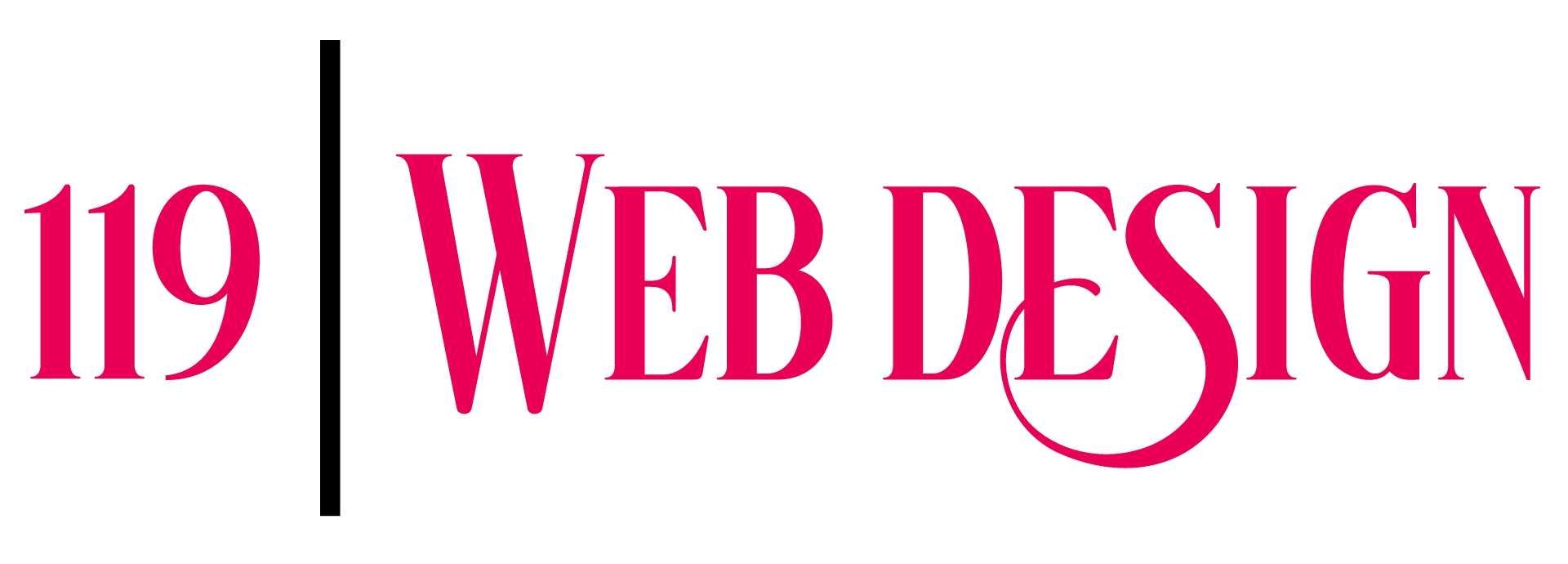


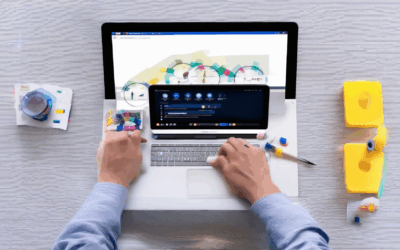
0 Comments